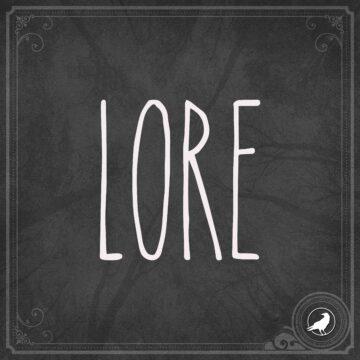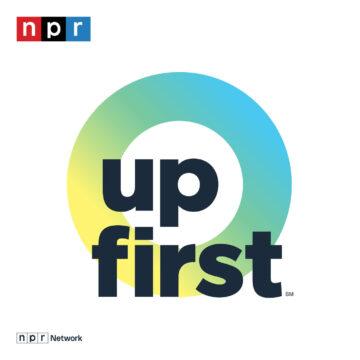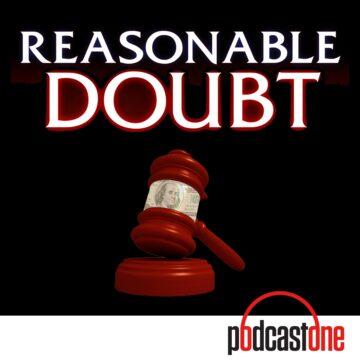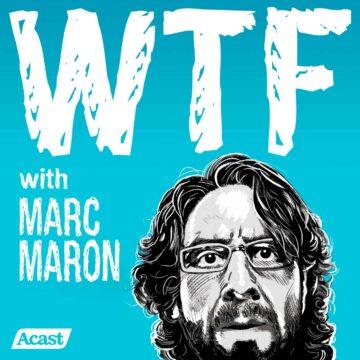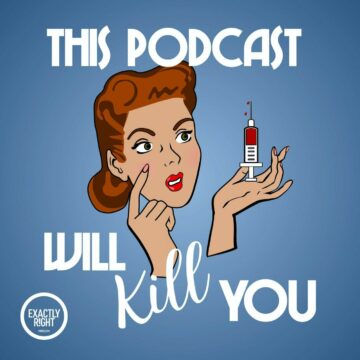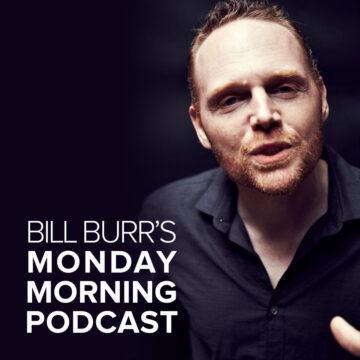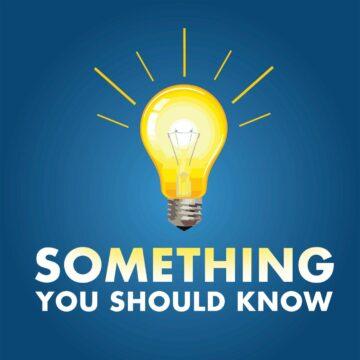They were so big that it took more than one continent to contain them. These thirteen things that you probably didn’t know about The Rescuers Down Under, should satisfy your cravings for squeaky sleuths until the inevitable live action version comes out.
13. This was Eva Gabor’s last film before her death in 1995. A third Rescuers movie was planned for 1996, but after her death, this and all future Rescuers movies were scrapped.
12. In the original Rescuers film, the albatross Orville was voiced by Jim Jordan, who died two years before this film released. The producers didn’t want to replace Jordan, so Orville was replaced with the character’s brother Wilbur, voiced by John Candy. This is a reference to the Wright brothers, Orville and Wilbur, the inventors and pilots of the first functional airplane.
11. Disney’s first animated sequel. This would later carry on with Fantasia 2000 and Winnie the Pooh, whilst the rest of the sequels would be straight to video.
10. This was the first 100% digital feature film ever made. The animation and backgrounds were done traditionally but all of the coloring, many effects, and the final film printing was all done digitally. This was also the first film produced with Disney’s Academy Award-winning “CAPS” production system, which cut the production time down by at least six months.
9. On its initial release, this film was preceded by the Mickey Mouse short subject The Prince and the Pauper. Interestingly enough, this was only the second Mickey Mouse short made since the 1950s, with the first being Mickey’s Christmas Carol, which was made to accompany the 1983 re-release of The Rescuers.
8. The twisted version of “Home on the Range” that McLeach sings was not performed by George C. Scott. It was instead sung by the voice of Joanna, Frank Welker.
7. This is the least successful film released during the Disney Renaissance between 1989-1999. After it only grossed $27,931,461 from that weekend’s box office, Disney executive Jeffrey Katzenberg pulled all television advertisements for the film. Opening on the same weekend as Home Alone, which went on to gross more than ten times as much, did not help its cause. This financial failure discouraged Disney from releasing subsequent non-computer-animated sequels in theaters with very few exceptions.
6. Originally Wilbur’s calendar was to have a picture of Bart Simpson from The Simpsons; which can be seen in the original animatic.
5. A lifelong Disney fan, Bruce Broughton jumped at the chance to compose the score and turned down an offer to score Home Alone to work on this film.
4. Is the last Disney Film to be accompanied by a Featurette that’s over 20 minutes long, up until Pixar’s Coco 27 years later.
3. The first Disney animated feature to use fully-rendered CG backgrounds.
2. Storyboard artist Joe Ranft constantly bolstered the creative morale of his crew, but rarely drew storyboard sequences himself. In addition to this, Ranft entered creative disagreements with the studio management and marketing executives, including one disagreement where he optioned for the casting of an Aboriginal Australian child actor to voice Cody, which was overridden with the decision to cast “a little white blonde kid.”
1. Noting the rise of Americans becoming more environmentally conscious, this marks as the studio’s first film since Bambi to have an animal rights and environmental message.
The Rescuers Down Under (1990)
G | 1h 17min | Animation, Adventure, Crime | 16 November 1990 (USA)
The Rescuers Down Under Poster
The R.A.S. agents, Miss Bianca and Bernard, race to Australia to save a little boy and a rare golden eagle from a murderous poacher.
Directors: Hendel Butoy, Mike Gabriel
Writers: Jim Cox (animation screenplay by), Karey Kirkpatrick (animation screenplay by)
Stars: Bob Newhart, Eva Gabor, John Candy

